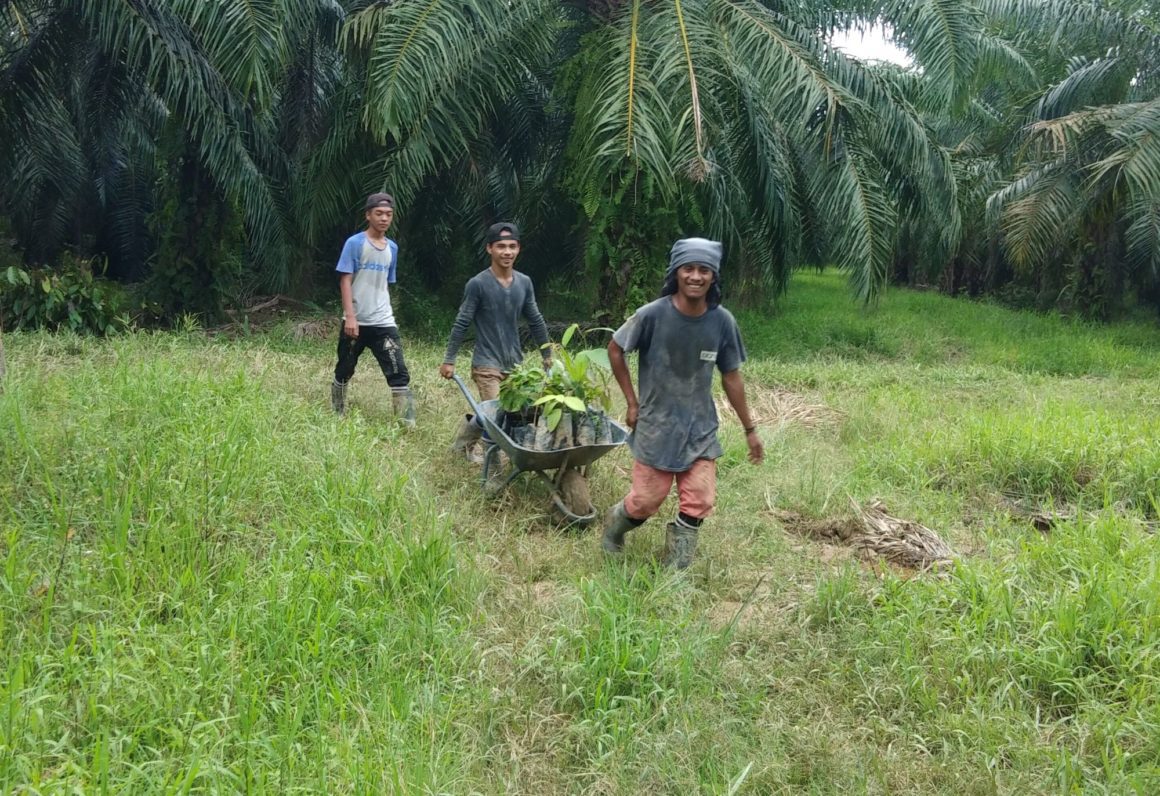Newsletter February 2021
Dear supporting members, sponsors, and interested parties,
We belatedly wish all Rhino and Forest Fund (RFF) supporters a happy new year, and thank you very much for all your contributions and donations!
The Covid-19 crisis also presented us with several challenges last year and also this year. Consequently, it was possible to stay in Sabah only until March 2020. Severe restrictions on freedom of movement and the partial shutdown of the local authorities in Sabah temporarily delayed the start of our reforestation projects. Planned land rescue measures and land purchases had to be postponed for an indefinite time.
But, fortunately, we could hire a local project manager in time, and the reforestation measures planned for 2020 were successfully started despite all adversities.
Revenue and use of funds 2020
In 2020, we received approximately €378,000 in donations and spent approximately €564,000. Almost 100% of the donations were used directly for land acquisition to expand the Tabin Wildlife Reserve and for reforestation measures.
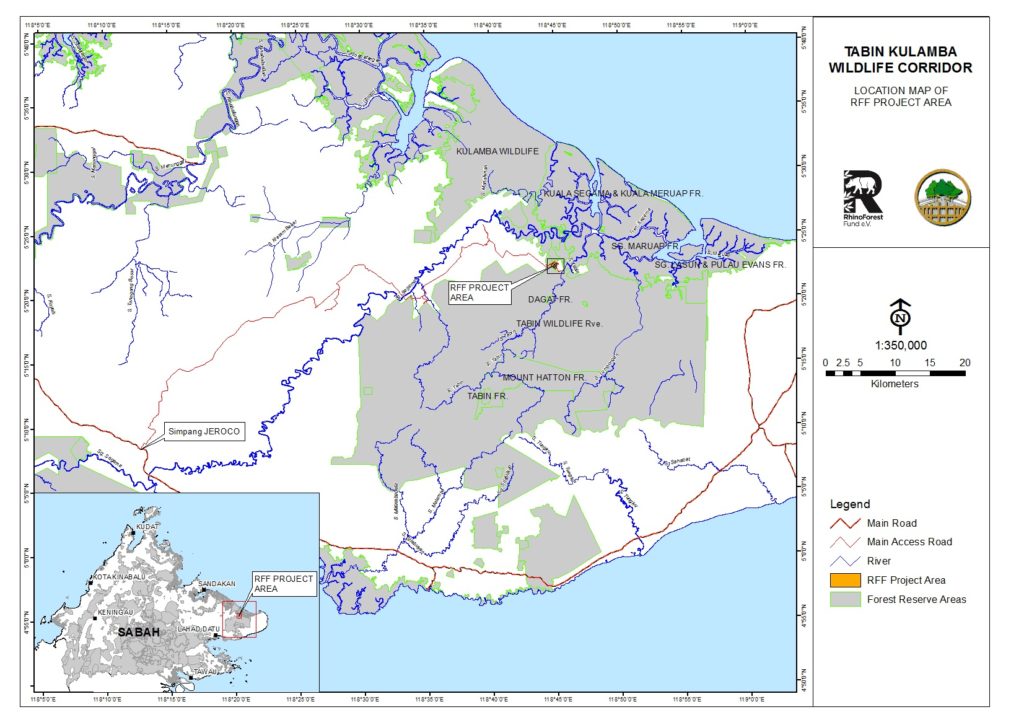
In January 2020, we also purchased oil palm plantation areas for €450,000, thus expanding our land purchases to a current total of 65 hectares. 50 hectares of the purchased plantation areas were planted with 8,250 trees (35 different species so far) in 2020. Naturally growing trees on the entire area will also be included in the maintenance measures. The aim is to re-establish a young forest with a wide variety of species within the next few years.
An exceptionally high density of wild fruit trees and other planned measures, such as the creation of small water bodies and grassland areas or the installation of nesting aids, is intended to create a wildlife oasis that is likely to become even more valuable for many endangered species than comparably large areas of untouched forest.
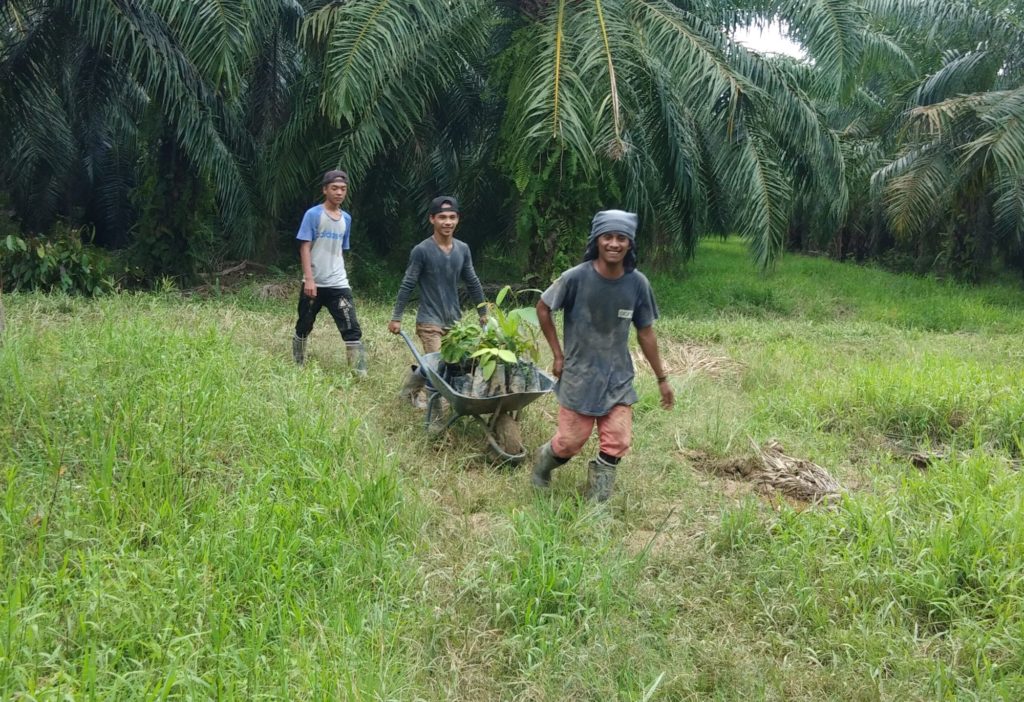
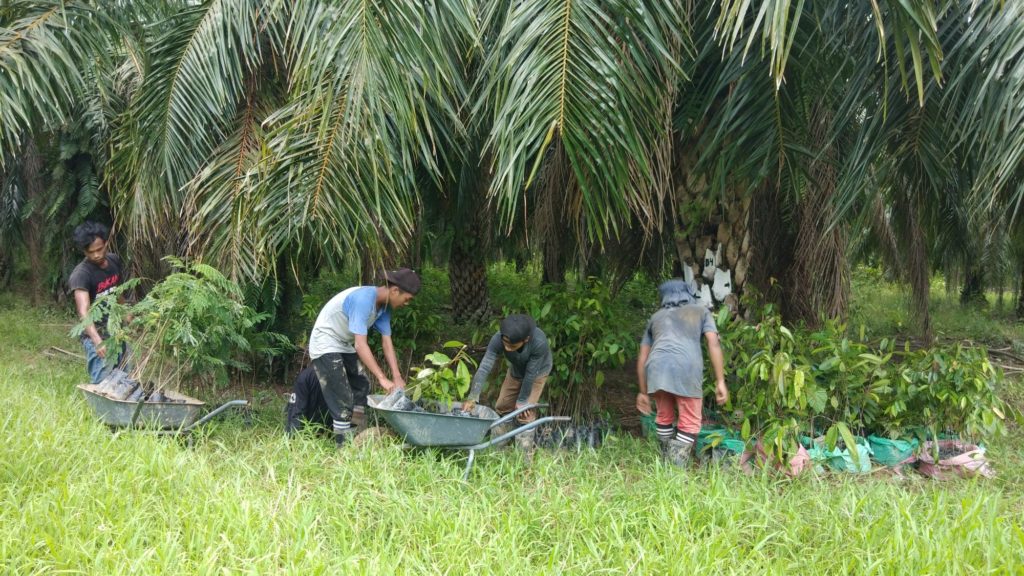
The purchased land also provides the only dry land connection between the Tabin Wildlife Reserve (one of the last major lowland rainforest areas in Borneo with prospects for survival) and the Lower Kinabatangan and Segama Wetlands to the north, which include the Kulamba Wildlife Reserve that is also critical for species conservation. In the coming years, our land salvage and restoration efforts will reunite approximately 200,000 hectares of key areas to survive Borneo’s fauna and flora.
What’s next?
In 2021, we plan to continue our reforestation efforts, expand to additional areas, and secure new strategically important pieces of land for conservation.
For this we continue to rely on your support!
With best wishes for the new year!
